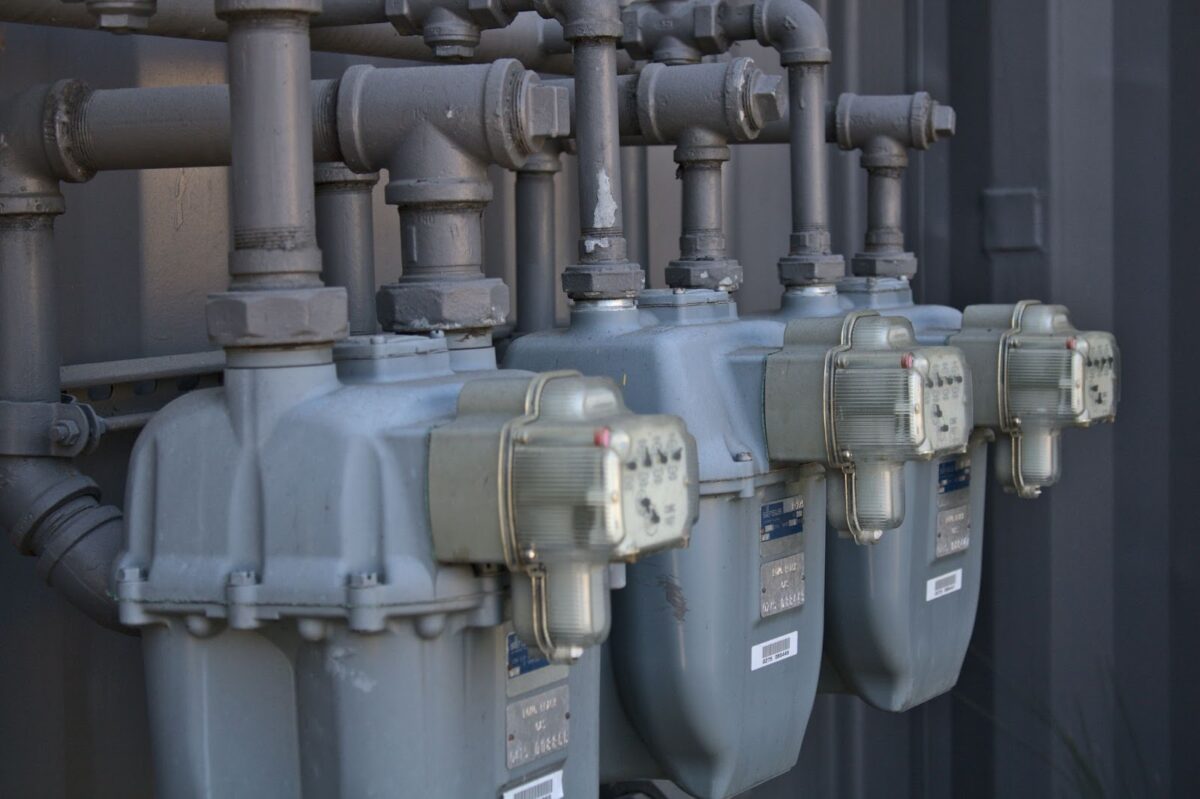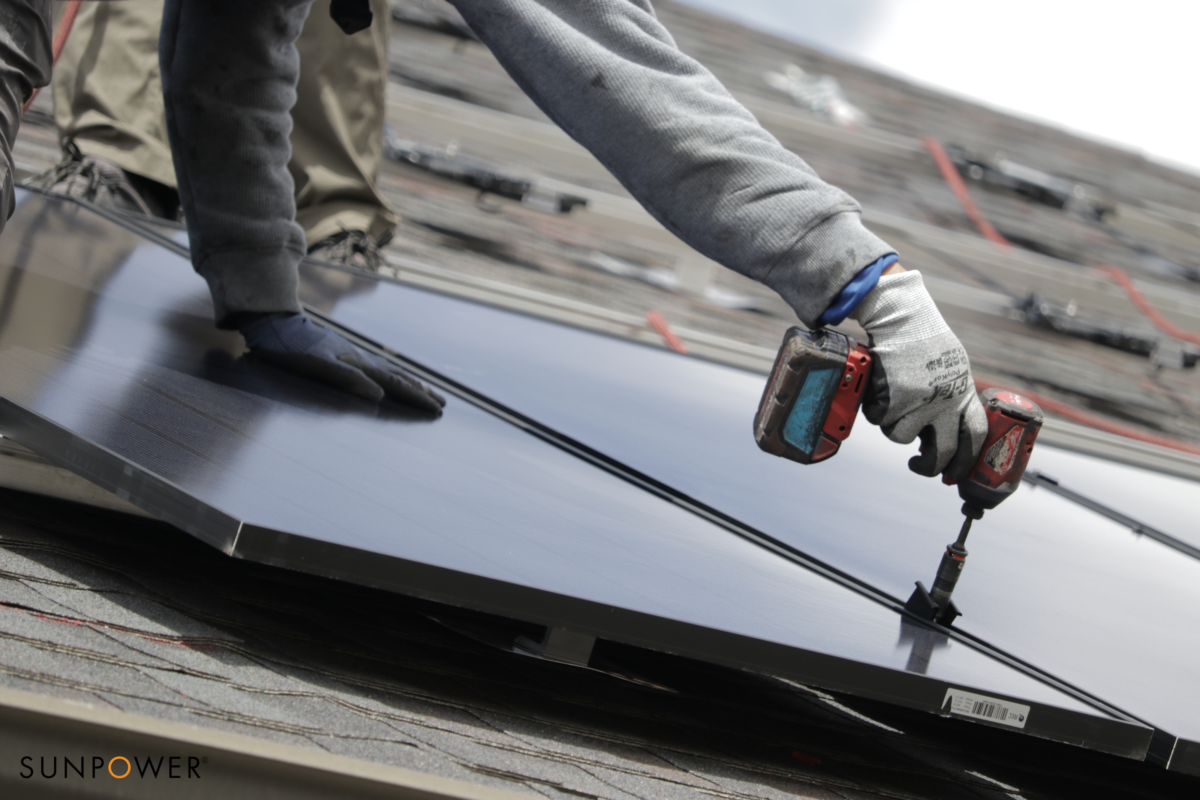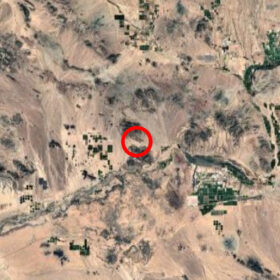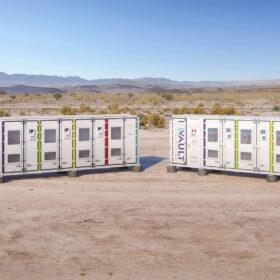As the solar and storage industries scale, many clean energy developers and digital solution providers are realizing that their software stacks can’t keep up with their hardware.
Inverters, meters and management tools are all getting smarter; coupled with outdated legacy platforms that make it difficult for these integral systems to communicate, this can lead to fragmentation instead of plug-and-play integration.
In the eyes of Deep Nayar, the founder and CTO of IoT83, a tech company that develops industrial Internet of Things (IoT) solutions for manufacturers, the answer for solar manufacturers could lie in another corner of the energy space: utility metering, where modular head-end systems (HES) are already seen as scalable infrastructure.
HES are the central components in a network that manage and control data flow between the central processing unit and endpoint devices. In an energy context, Nayar explained, HES could look like transmitting data from smart meters to a central cloud platform.
“The energy market used to be very secure,” Nayar said. “Now, you’re dealing with endpoints that are less sophisticated and more like simple current flows, which makes extracting and coordinating data much more complex.”
In a HES, data can either be pushed to the spokes or pulled in from the network; both directions need to be available in order for batteries to participate in load management programs and for operators to monitor solar output.
The core challenge with managing distributed assets like solar, Nayar said, is elasticity due to fluctuating energy demand.
“You can’t assume consistency,” he added, “so every part of the system has to be capable of adapting dynamically.”
IoT83 took that lesson to heart when it built a lightly coupled but self-contained HES from the ground up, first to support 18 million utility meters and now to support a growing roster of clean energy projects. Rather than retrofit a generic IoT platform, they focused on modularity from the start.
Nayar explained that this type of modular architecture ensures both scalability and resilience, as it’s not enough for the individual units to perform well.
“The infrastructure that connects them has to scale seamlessly without introducing bottlenecks or reliability issues,” he said, adding that a domain-agnostic model helps bring back that plug-and-play aspect.
It worked in the smart meter world. It could offer a roadmap for solar and storage orchestration.
“It has to be dynamic,” Nayar said. “You bring a system on and it’s there. You don’t need to do anything or understand how the entire thing works, but having that flexible infrastructure and free data flows will go a long way.”
That means faster integration, better uptime, accelerated growth and easier grid compliance for solar asset owners and digital solution engineers. HES also support grid interconnection, third-party interoperability and real-time market responsiveness.
But Nayar noted that “the real differentiation comes from your services and how you use the data and not from your applications and tech stack itself.”
This content is protected by copyright and may not be reused. If you want to cooperate with us and would like to reuse some of our content, please contact: editors@pv-magazine.com.









By submitting this form you agree to pv magazine using your data for the purposes of publishing your comment.
Your personal data will only be disclosed or otherwise transmitted to third parties for the purposes of spam filtering or if this is necessary for technical maintenance of the website. Any other transfer to third parties will not take place unless this is justified on the basis of applicable data protection regulations or if pv magazine is legally obliged to do so.
You may revoke this consent at any time with effect for the future, in which case your personal data will be deleted immediately. Otherwise, your data will be deleted if pv magazine has processed your request or the purpose of data storage is fulfilled.
Further information on data privacy can be found in our Data Protection Policy.